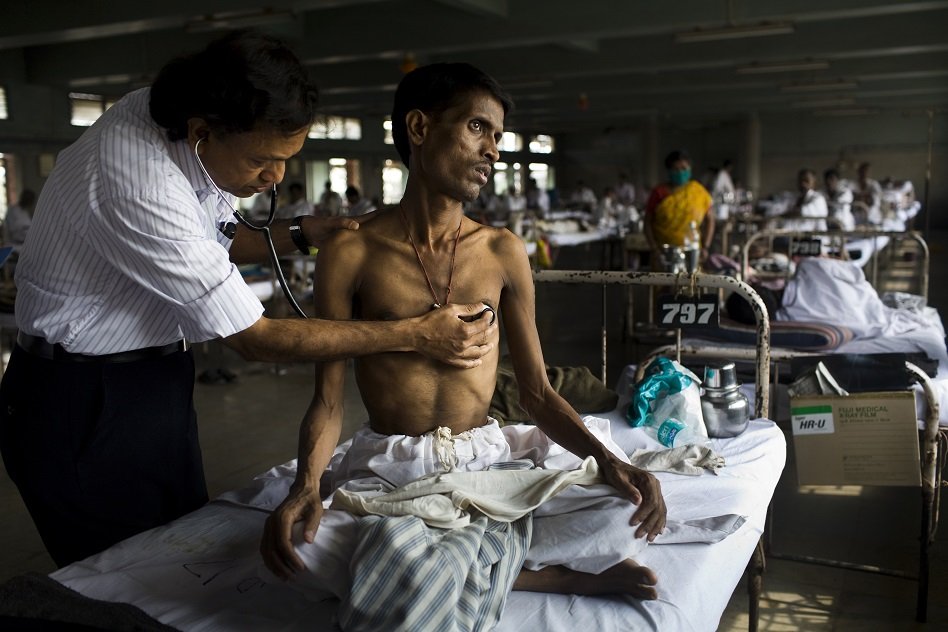
Tuberculosis Continues To Kill People In Tribal Areas Of Madhya Pradesh
22 Nov 2016 6:44 AM GMT
Tuberculosis continues to be one of the biggest reasons for the death of people in many tribal areas of Madhya Pradesh. The sudden surge in the number of patients suffering from tuberculosis is upsetting, and the lack of facilities in rural areas has made the situation worse.
Tuberculosis
Tuberculosis (TB) is a disease caused by bacteria called Mycobacterium tuberculosis. This bacteria usually attacks the lungs and sometimes damages other parts of the body.
Symptoms of TB include coughing that lasts three weeks or longer followed by weight loss, the decrease in appetite, puking out blood or mucus, weakness or fatigue, fever, and night sweats. If not treated properly and in time, TB can be deadly.
Reports by the World Health Organization
One of the targets of the World Health Organization’s Sustainable Development Goals (SDGs) for 2030, adopted by all the United Nations members in 2015, is to end the TB epidemic.
Data collection
Worldwide, there were 10.4 million new TB cases of which 56% (5.9 million) were among men, 34% (3.5 million) among women and 10% (1.0 million) among children. HIV patients accounted for 11% of all the new TB cases. The data collected from 202 countries and territories, accounts for over 99% of the world’s population. Six countries estimated for 60% of the new cases of TB: India, Indonesia, China, Nigeria, Pakistan and South Africa.
TB case finding and notification statistics for India
The TB statistics for each state in India come from the government Revised National Tuberculosis Control Programme (RNTCP). The population covered by RNTCP in Madhya Pradesh survey was 77,800,000. The number of patients diagnosed were 60,325 and a total of 103,108 people were registered for the treatment.
Incidents Reported by Hindustan Times
A 3-year-old baby girl died because of acute malnutrition and tuberculosis at a district hospital in Shivpuri District, Madhya Pradesh. Her mother is convinced that her daughter died because of a witch and blames her husband for taking their daughter to the hospital and killing her. Tuberculosis has gripped the entire family, and it is not the only family in the village afflicted with tuberculosis. Determined to ensure her family’s health, the mother of the young girl travelled from her husband’s village in Jakhnod to the neighbouring Mahloni, where a faith healer Nandlal Adivasi, 80, promised to heal her son for Rs 5000, with a sacrificial chicken and prayers to Ma Kali.
“Overcrowded huts with no ventilation or sanitation add to the problem, as do social determinants such as poverty and the back-breaking physical labour they do all day in the fields and stone quarries,” says Ajay Yadav, a founder of the NGO Badlav (Change). This NGO has been working on health and nutrition with the Saharias for more than a decade.
Revised National Tuberculosis Control Programme (RNTCP)
RNTCP is an initiative taken by the Government of India to combat tuberculosis. The program provides free of cost TB diagnosis and treatment services across the country through the government health system, but unfortunately, these services are not used by those who need it most.
Problems in Tribal areas
The tribal population have no timely access to the healthcare facilities, and lack of formal education and awareness have made these people vulnerable to several health problems including tuberculosis.
 All section
All section













